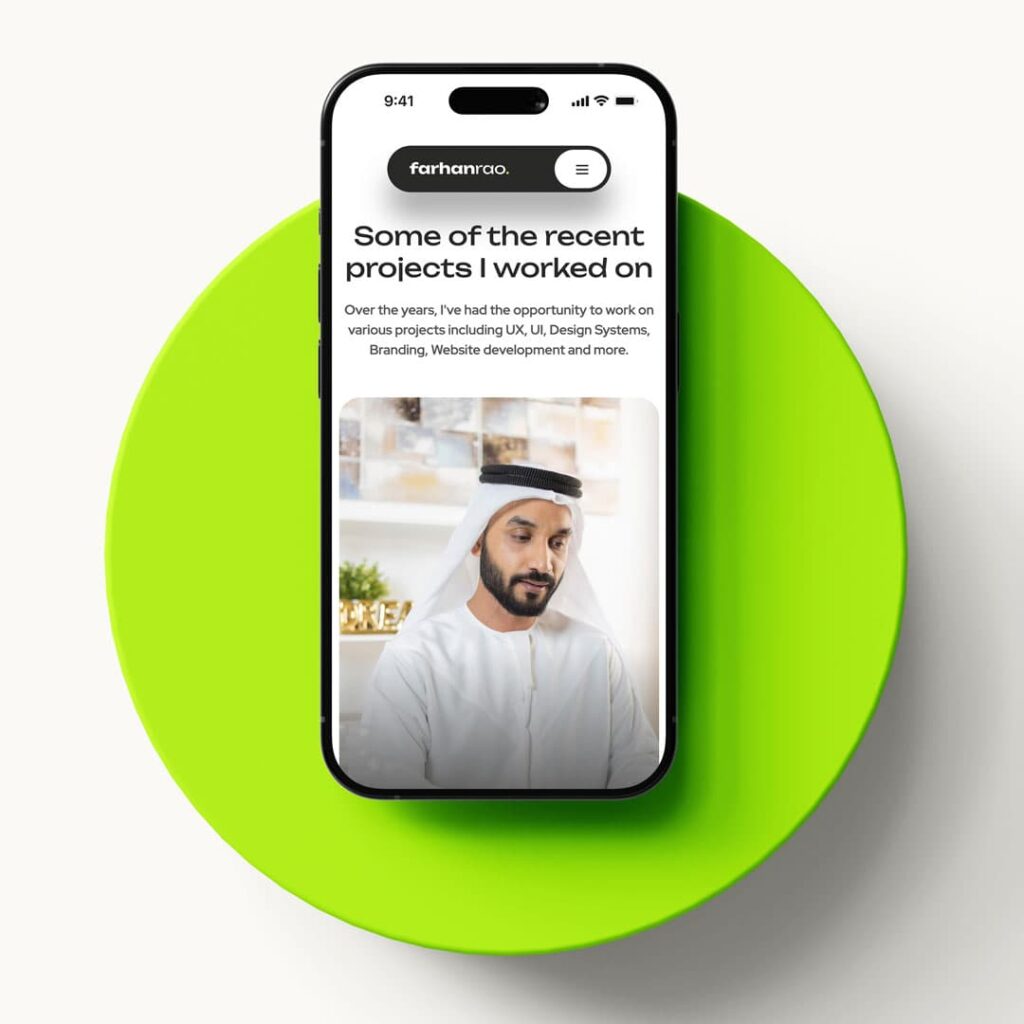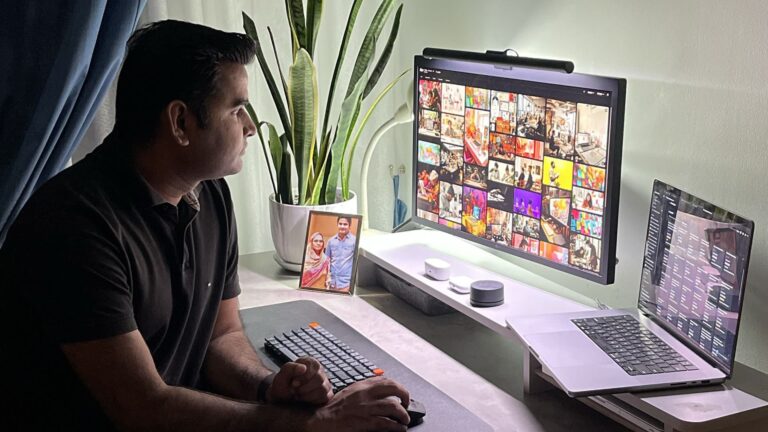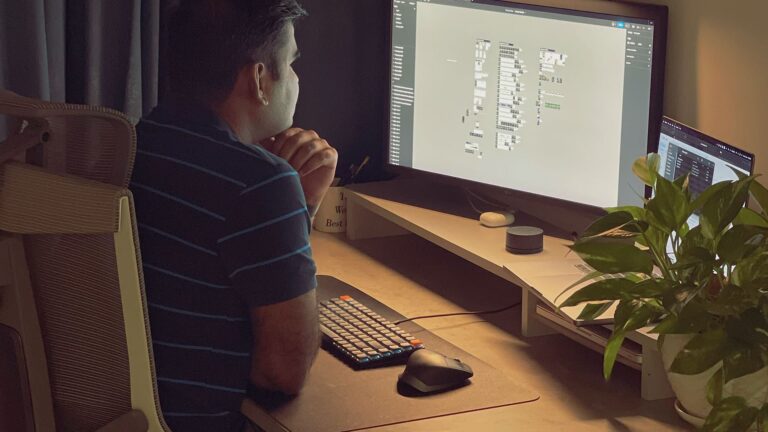If you’re a designer trying to land work with agencies, here’s the truth: they don’t have time to go through every little detail in your portfolio. They’re not impressed by fancy animations or endless case studies. What they really care about is one thing:
Can you solve their problem without creating new ones?
Agencies don’t want rockstars, they want problem solvers
I’ve worked with enough agencies to know this: they are not looking for the “best” designer. They’re looking for the most reliable one.
If they bring you in on a project, they need to know they won’t have to micromanage you. They want someone who:
- Meets deadlines without drama – If you’re late, their entire timeline gets wrecked.
- Plays well with others – Agencies juggle multiple stakeholders, and ego-driven designers slow things down.
- Understands real-world constraints – No agency wants to hear, “I need more time to perfect this.” They need practical solutions, not perfectionism.
What my best agency clients taught me
Over the years, I’ve noticed that the agencies that kept hiring me all had something in common: they didn’t just care about my skills, they cared about how I worked.
Here’s what I learned:
1. Less fluff, more substance
Most agency creative directors are scanning through portfolios while juggling calls, emails, and a dozen Slack notifications. If they can’t understand your portfolio in ten seconds, they’re moving on.
- Ditch unnecessary animations and complex layouts.
- Have one clear CTA (hire me, schedule a call, etc.).
- Every project should have a one-sentence takeaway that explains the impact.
2. Make them see themselves in your work
Agencies don’t care about all your work. They care about work that feels like it was made for them.
- Research the agency before applying. What industries do they focus on? What types of clients do they serve?
- Tailor your portfolio by emphasizing work that aligns with their needs.
- If you don’t have exact matches, frame your projects in a way that highlights transferable skills.
I started swapping projects in and out of my portfolio depending on who I was pitching. For branding agencies, I highlight logo and identity work. For UX agencies, I focus on user flows and case studies.
3. Make your work impossible to ignore
Your designs don’t speak for themselves: your results do.
Agencies want to see:
- How your work solved a business problem.
- Metrics that prove your impact (conversion rates, engagement, etc.).
- Process insights that show your strategic thinking.
Instead of just displaying visuals, I structured case studies with a simple format:
- Problem: What was broken?
- Solution: How did I fix it?
- Results: What improved?
This single tweak made my portfolio twice as effective.
You can browse my portfolio on: www.farhanrao.com

4. Be the designer they trust, not tolerate
Small details make a big difference. Agencies won’t gamble on someone who:
- Has typos in their portfolio.
- Uses a portfolio platform with broken links.
- Can’t communicate clearly over email.
I started treating my portfolio like a job interview. I asked a few trusted colleagues to review it and give honest feedback. The mistakes they caught? Priceless.
Agencies hire designers they don’t have to babysit
At the end of the day, agencies aren’t looking for the most creative designer. They’re looking for the most dependableone.
- Show them you understand their workflow.
- Prove that you can integrate seamlessly into their process.
- Make it easy for them to say yes without hesitation.
If you do that, you won’t just get agency gigs, you’ll build long-term relationships with the best ones.

Let’s connect
Curious about freelancing, employment, or anything in between? Let’s connect on LinkedIn I’d love to hear your experiences, answer your questions, or just have a meaningful conversation about building a fulfilling career.








